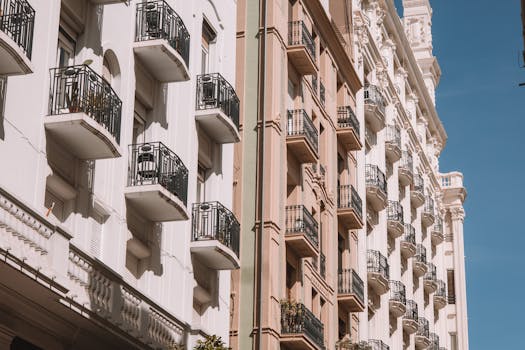
Urban Green Spaces: The Future of Outdoor Living in European Cities by 2025
Focus Keyword: Urban Green Spaces
Urban green spaces are becoming increasingly important in European cities as they provide numerous benefits for both the environment and the citizens. These green spaces, such as parks, gardens, and green roofs, help to mitigate the urban heat island effect, reduce air pollution, and provide habitats for urban wildlife. In this article, we will explore the importance of urban green spaces in European cities and how they will shape the future of outdoor living by 2025.
Benefits of Urban Green Spaces
Urban green spaces have numerous benefits, including:
- Improving air quality by reducing particulate matter and ozone levels
- Reducing the urban heat island effect by providing shade and cooling the air through evapotranspiration
- Providing habitats for urban wildlife, such as birds, bees, and butterflies
- Improving mental health and wellbeing by providing a peaceful and natural environment
- Increasing property values and enhancing the aesthetic appeal of urban areas
Current State of Urban Green Spaces in European Cities
Many European cities are already investing in urban green spaces, with some notable examples including:
- London’s Green Belt, which provides a network of parks and green spaces around the city
- Paris’s Jardin des Tuileries, which is a large public garden in the heart of the city
- Amsterdam’s Westerpark, which is a large urban park with a lake, walking trails, and plenty of green space
Future of Urban Green Spaces in European Cities
By 2025, urban green spaces are expected to play an even more important role in European cities. Some of the trends that are expected to shape the future of urban green spaces include:
- Increased use of green roofs and walls to reduce energy consumption and improve air quality
- More emphasis on community-led green space initiatives, such as community gardens and urban orchards
- Greater incorporation of green spaces into urban planning and design, such as green corridors and urban forests
- More investment in green infrastructure, such as green roofs, rain gardens, and permeable pavement
Case Studies
Several European cities are already implementing innovative urban green space projects, such as:
- Copenhagen’s climate adaptation project, which includes the creation of green roofs, rain gardens, and permeable pavement to reduce stormwater runoff and improve air quality
- Barcelona’s superblock program, which involves the creation of car-free streets and the implementation of green spaces and pedestrian-friendly areas
- Stockholm’s Royal Seaport project, which includes the creation of a new urban district with a focus on green spaces, sustainable transportation, and energy-efficient buildings
Conclusion
Urban green spaces are a vital component of sustainable and livable cities. By 2025, these spaces will play an even more important role in European cities, providing numerous benefits for both the environment and the citizens. As cities continue to grow and urbanize, it is essential that urban green spaces are prioritized and integrated into urban planning and design.





